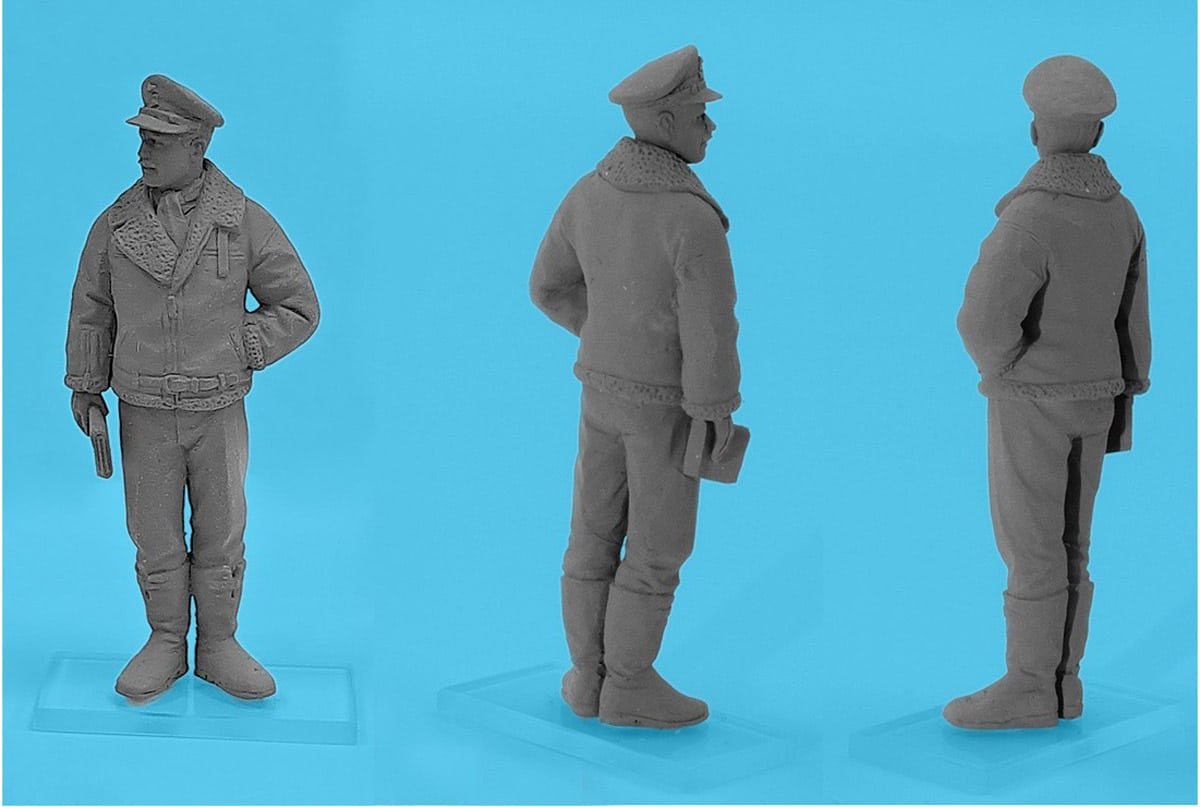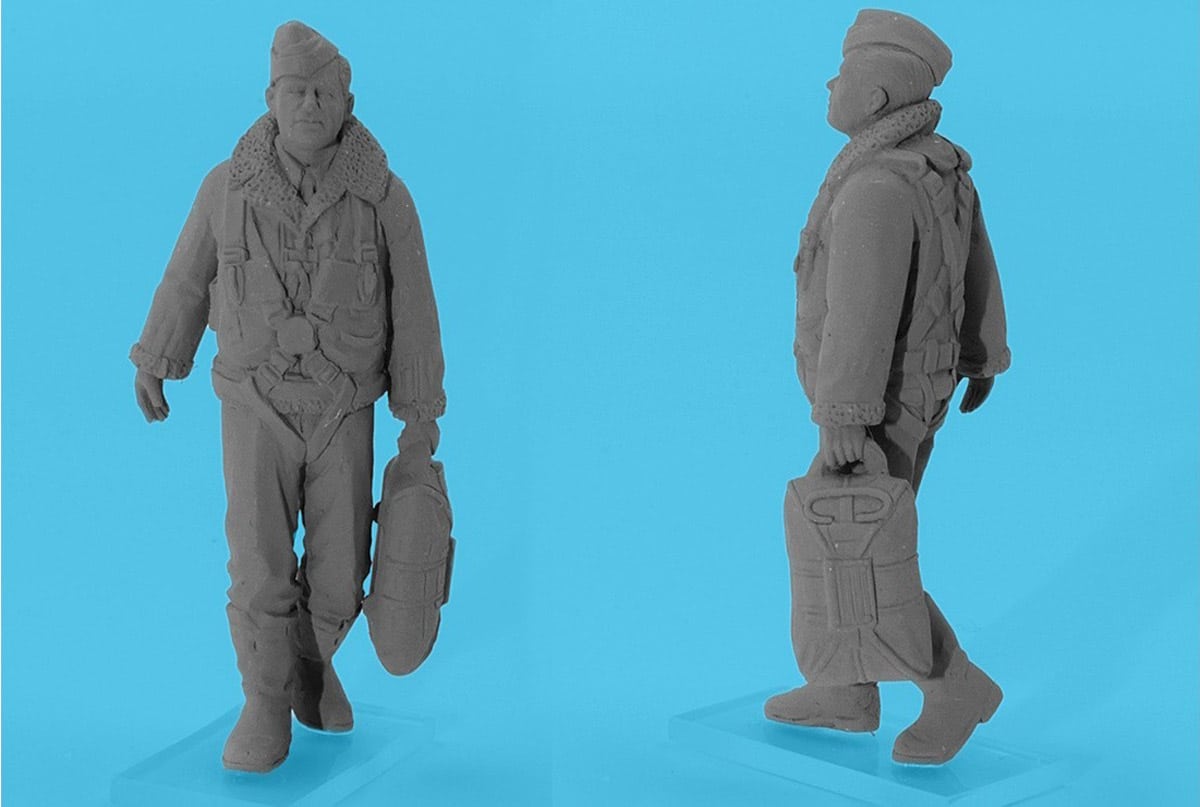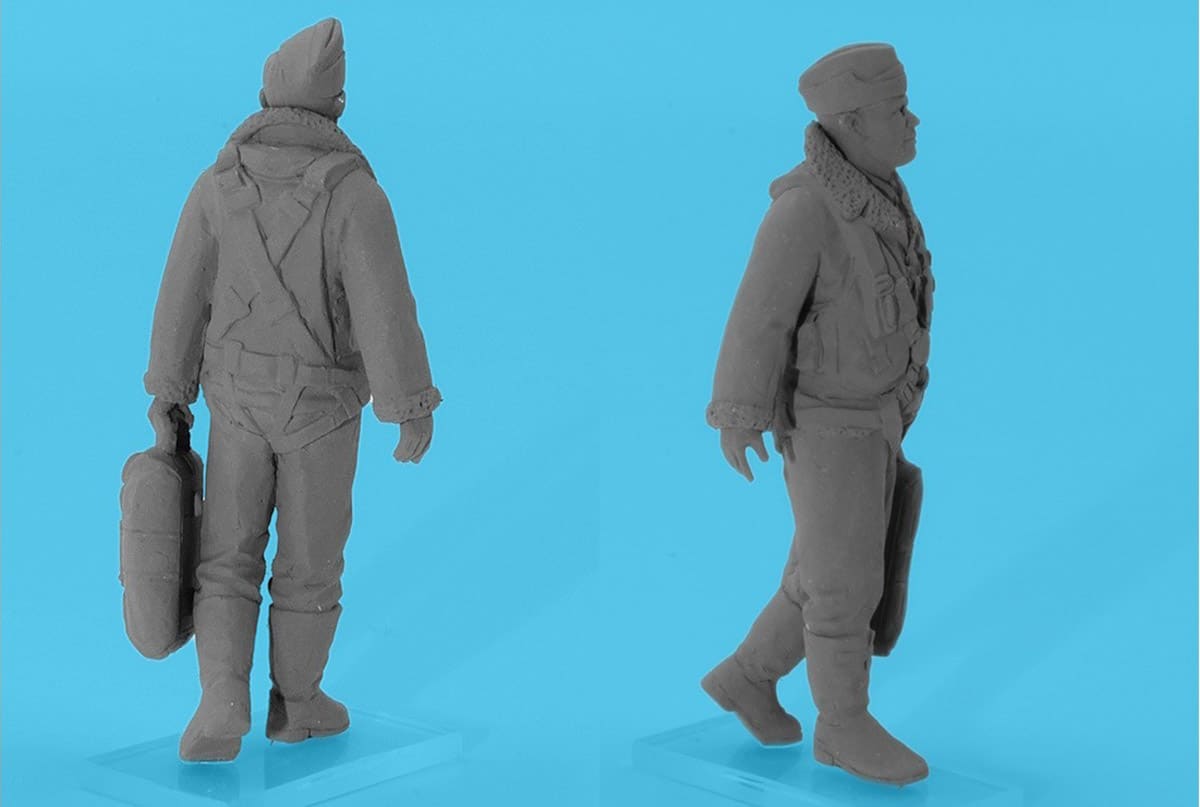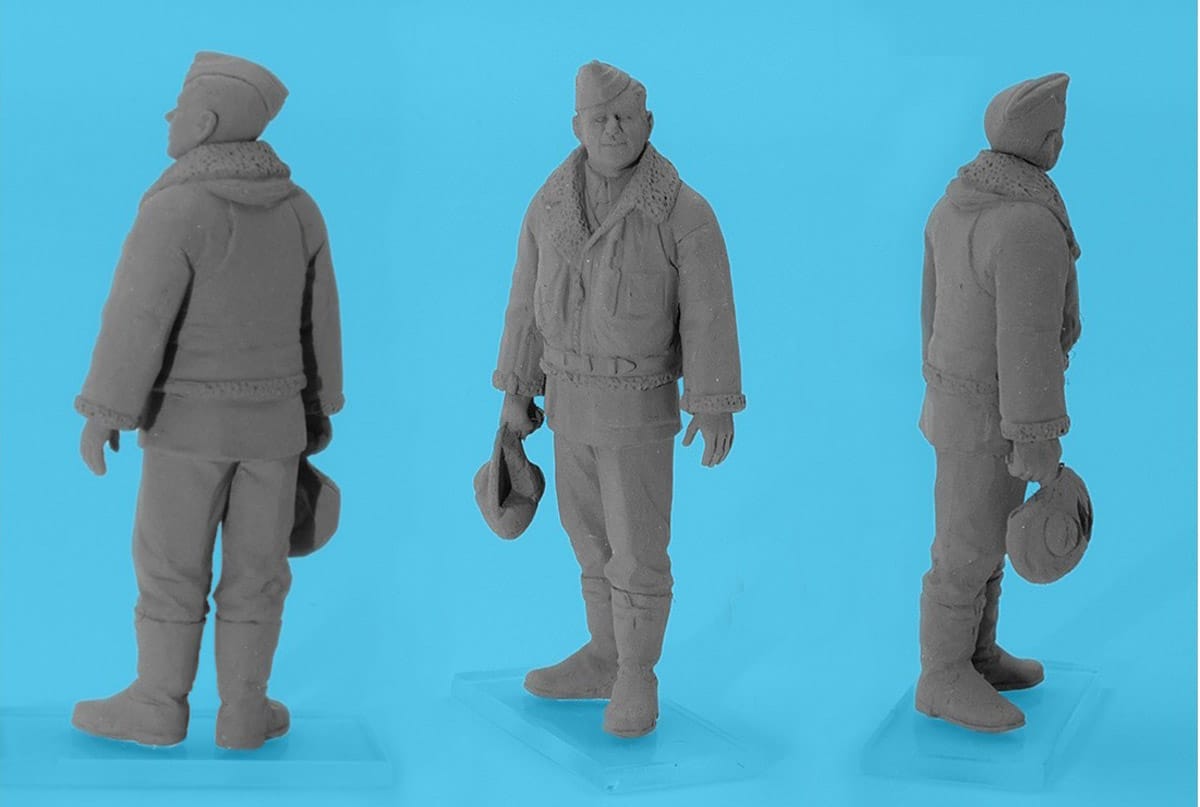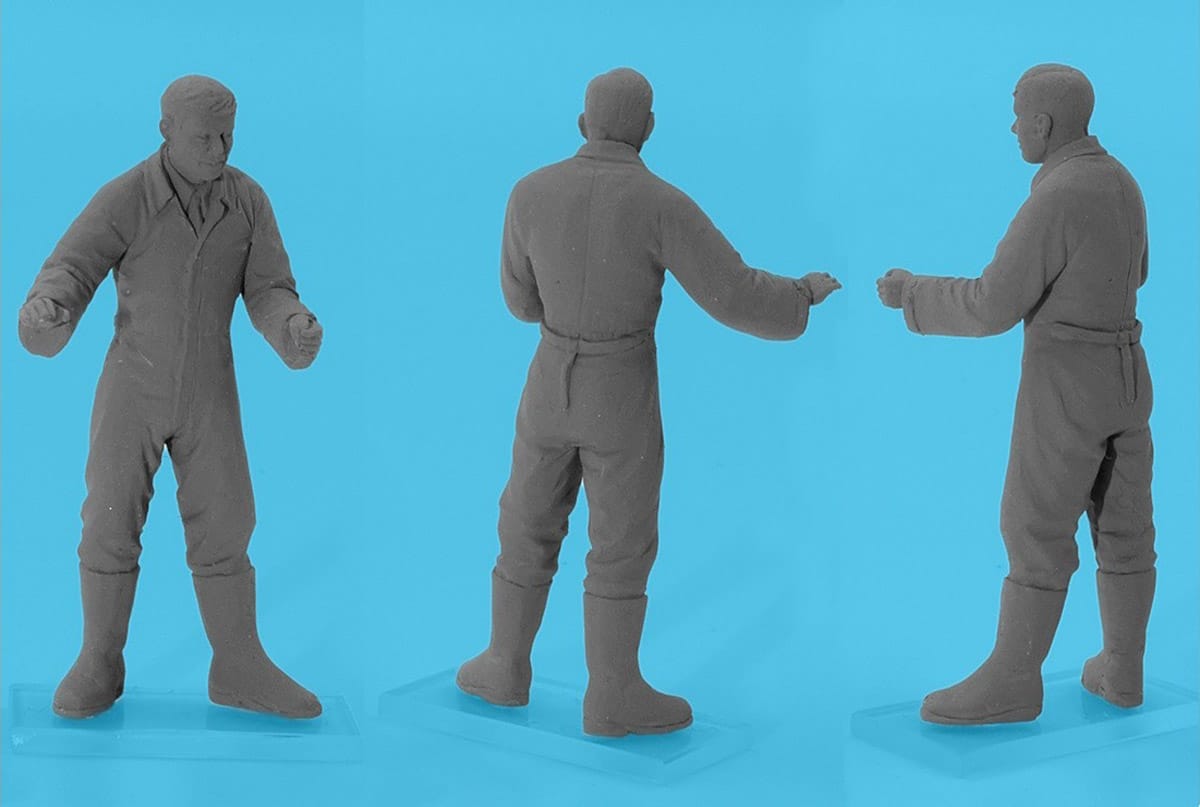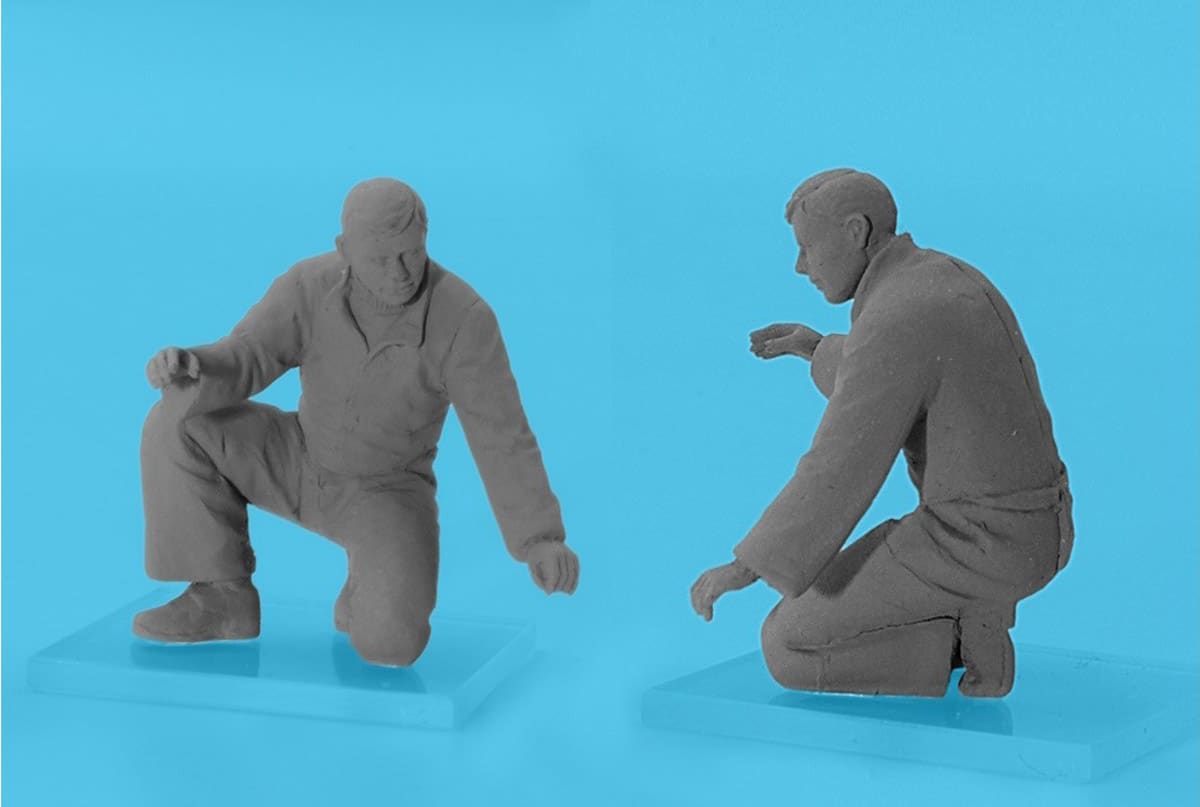ICM is set to release new 1:48 Scale RAF Crew Figures. RAF Bomber and Torpedo Aircraftmen figures
ICM, a popular manufacturer of scale model kits, is set to release new 1:48 scale RAF crew figures depicting Bomber and Torpedo Aircraftmen. The highly detailed figures are designed to be used with model aircraft kits, allowing enthusiasts to create more realistic and accurate dioramas of RAF aircraft from World War II.
These figures are expected to be highly sought after by collectors and model builders alike, as they provide a unique opportunity to bring a piece of history to life in miniature form. Stay tuned for more updates on the release of these exciting new figures.
RAF Bomber and Torpedo Pilots 1939-1945
- ITEM NUMBER: 48090
- SCALE: 1:48
- DATE: 10.04.2023
- TIME PERIOD: WW2
- BOX SIZE: 247 x 183 x 33 mm
- NUMBER OF DETAILS: 30
- FIGURES AVAILABILITY: Yes
- FIGURES COUNT: 5
RAF Bomber and Torpedo Pilots 1939-1945: The Unsung Heroes of World War II
The Royal Air Force (RAF) played a crucial role in the Allied victory during World War II. Among the brave men who fought in the air were the bomber and torpedo pilots. These pilots flew dangerous missions, risking their lives to strike at enemy targets on land, at sea, and in the air. Despite the high casualties, they remained dedicated to their mission, and their contributions were vital to the war effort.
Who Were the RAF Bomber and Torpedo Pilots?
RAF bombers and torpedo pilots were specially trained pilots who flew aircraft that carried bombs or torpedoes. Their mission was to strike at enemy targets, including ships, ports, factories, and military installations. They were typically young men, often in their late teens or early twenties, who had volunteered to serve in the RAF during World War II.
What Did RAF Bomber and Torpedo Pilots Do?
RAF bombers and torpedo pilots flew dangerous missions behind enemy lines. They faced many challenges, including enemy fire, bad weather, and technical problems with their aircraft. Despite these challenges, they remained committed to their mission and were instrumental in damaging the enemy’s war effort.
What Were Some of the Key Missions of RAF Bomber and Torpedo Pilots?
Some of the most important missions of RAF bomber and torpedo pilots included:
- Strategic bombing of enemy cities and industrial targets
- Attacking enemy shipping and ports
- Supporting ground troops by bombing enemy positions and transportation routes
What Were the Risks Faced by RAF Bomber and Torpedo Pilots?
RAF bombers and torpedo pilots faced many risks during their missions. They were often targeted by enemy fighters and anti-aircraft guns, and many pilots were shot down or crashed during their missions. The extreme altitude and harsh weather conditions also posed significant risks to the pilots.
What Was Life Like for RAF Bomber and Torpedo Pilots?
Life for RAF bombers and torpedo pilots was very challenging. They faced long hours of training and flying, with little time for rest or relaxation. They often flew missions that lasted for several hours or even days, with no sleep or food. The pilots had to cope with the constant fear of death or injury, as well as the emotional toll of seeing their comrades killed or injured in action.
What Was the Impact of RAF Bomber and Torpedo Pilots?
RAF bombers and torpedo pilots played a vital role in the Allied victory during World War II. Their missions helped to weaken the enemy’s military and industrial capabilities, making it easier for Allied ground forces to advance. They also helped to disrupt enemy shipping and supply lines, making it harder for the enemy to sustain its war effort.
Why Are RAF Bomber and Torpedo Pilots Often Overlooked?
Despite their important contributions to the war effort, RAF bombers and torpedo pilots are often overlooked in history. This may be due to the fact that their missions were often carried out at night, making them less visible to the public. Additionally, the high casualties suffered by bombers and torpedo crews meant that many families lost loved ones, and the trauma of these losses may have made it difficult to talk about their experiences.


